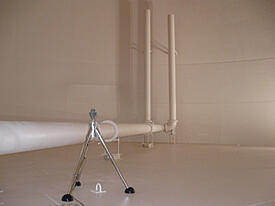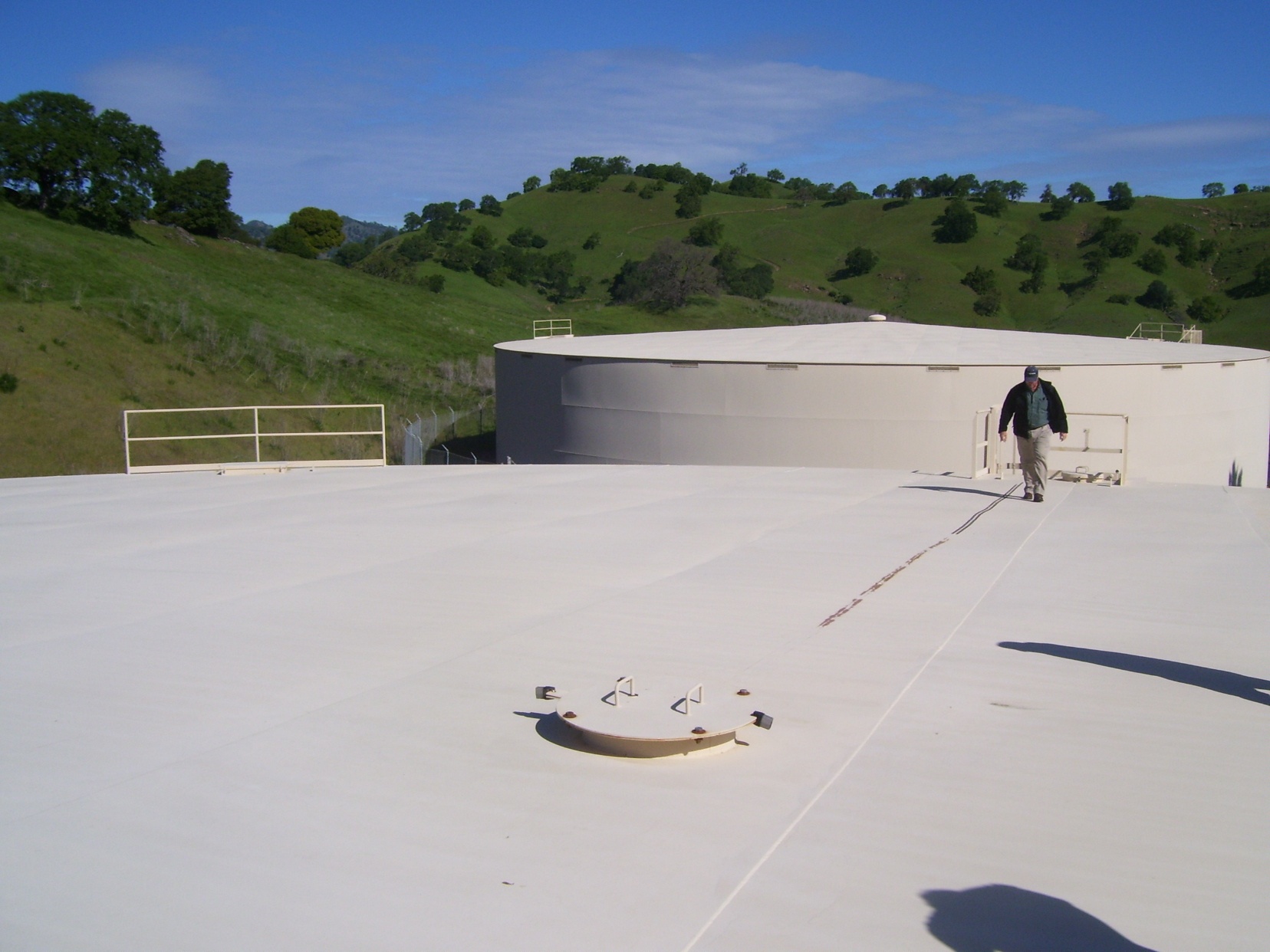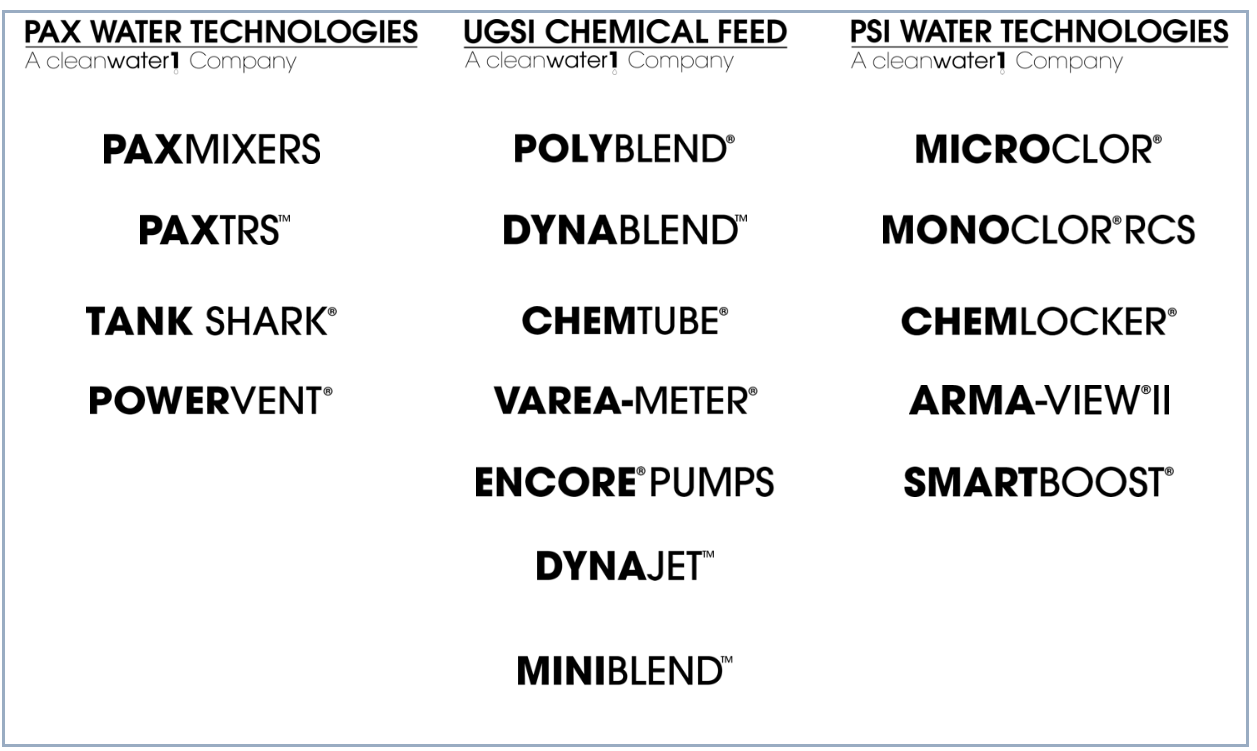Three Common Misperceptions of Active vs. Passive Mixers
 Just as electronic technologies have improved with time, technologies in the water distribution system have evolved from large and expensive pieces of equipment into smaller and more efficient solutions. Developed in the ‘80s, passive mixing systems use bulky nozzles with one-way valves to squirt water in different directions during the fill cycle. Because these mixers rely on the momentum of influent water, passive systems do not mix water once the tank is full or during the drain cycle and tanks re-stratify once the infill has stopped. A common workaround is forcing tank operators into a minimum turnover rate (which is both energy-intensive and expensive).
Just as electronic technologies have improved with time, technologies in the water distribution system have evolved from large and expensive pieces of equipment into smaller and more efficient solutions. Developed in the ‘80s, passive mixing systems use bulky nozzles with one-way valves to squirt water in different directions during the fill cycle. Because these mixers rely on the momentum of influent water, passive systems do not mix water once the tank is full or during the drain cycle and tanks re-stratify once the infill has stopped. A common workaround is forcing tank operators into a minimum turnover rate (which is both energy-intensive and expensive).
By comparison, active mixing systems use a motor-driven impeller to keep water circulating inside the tank 24 hours a day, 7 days a week, 365 days a year (regardless of how full the tank is). While this solution is smaller and more sustainable than passive mixers, it also provides operators with more mixing power, independent of drain and fill cycles.
There are three common misperceptions about active vs. passive mixers:
-
Passive systems have “no moving” parts. This is a pretty common misperception about passive mixing systems, but is false. Passive mixers use pumps, which ARE moving parts, and the additional back pressure exerted by nozzles force those pumps to work harder (requiring more power and increasing maintenance costs). Active mixers have moving parts as well, but their maintenance requirements are minimal and their energy footprint can be as little as three 100 watt light bulbs.
-
Passive mixing requires less maintenance. Passive mixing systems are a fixed, permanent installation that involves multiple nozzles and piping, which can be very expensive to begin with. Additionally, you now have more surface area (and nooks and crannies) to paint, coat and maintain inside your tank which require extra time, labor and money. Active mixing systems are less expensive than passive mixers, are easy to install (without cranes, penetrations or draining the reservoir) and can be easily removed during tank maintenance.
-
Passive systems provide more mixing power because they’re bigger. Passive mixers certainly are bigger than active mixers, but they provide a less complete mix. It is important to look at the flow rate when comparing mixing systems. A powerful active mixer can move 15,000 gallons per minute (GPM) – which will help reduce water age, control nitrification and DBP production, and prevent ice formation – better than a passive mixer that moves only 1,500 GPM.



